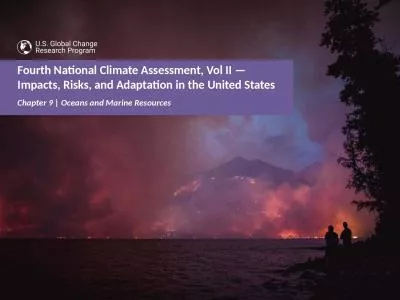PPT-The Oceans & Sustainable Seafood
Author : samantha | Published Date : 2024-03-13
Photo courtesy of James Beard Foundation How much of Earth is Water i n percentages Over 70 97 of the worlds water is in the ocean Oceans Produce over half of
Presentation Embed Code
Download Presentation
Download Presentation The PPT/PDF document "The Oceans & Sustainable Seafood" is the property of its rightful owner. Permission is granted to download and print the materials on this website for personal, non-commercial use only, and to display it on your personal computer provided you do not modify the materials and that you retain all copyright notices contained in the materials. By downloading content from our website, you accept the terms of this agreement.
The Oceans & Sustainable Seafood: Transcript
Download Rules Of Document
"The Oceans & Sustainable Seafood"The content belongs to its owner. You may download and print it for personal use, without modification, and keep all copyright notices. By downloading, you agree to these terms.
Related Documents

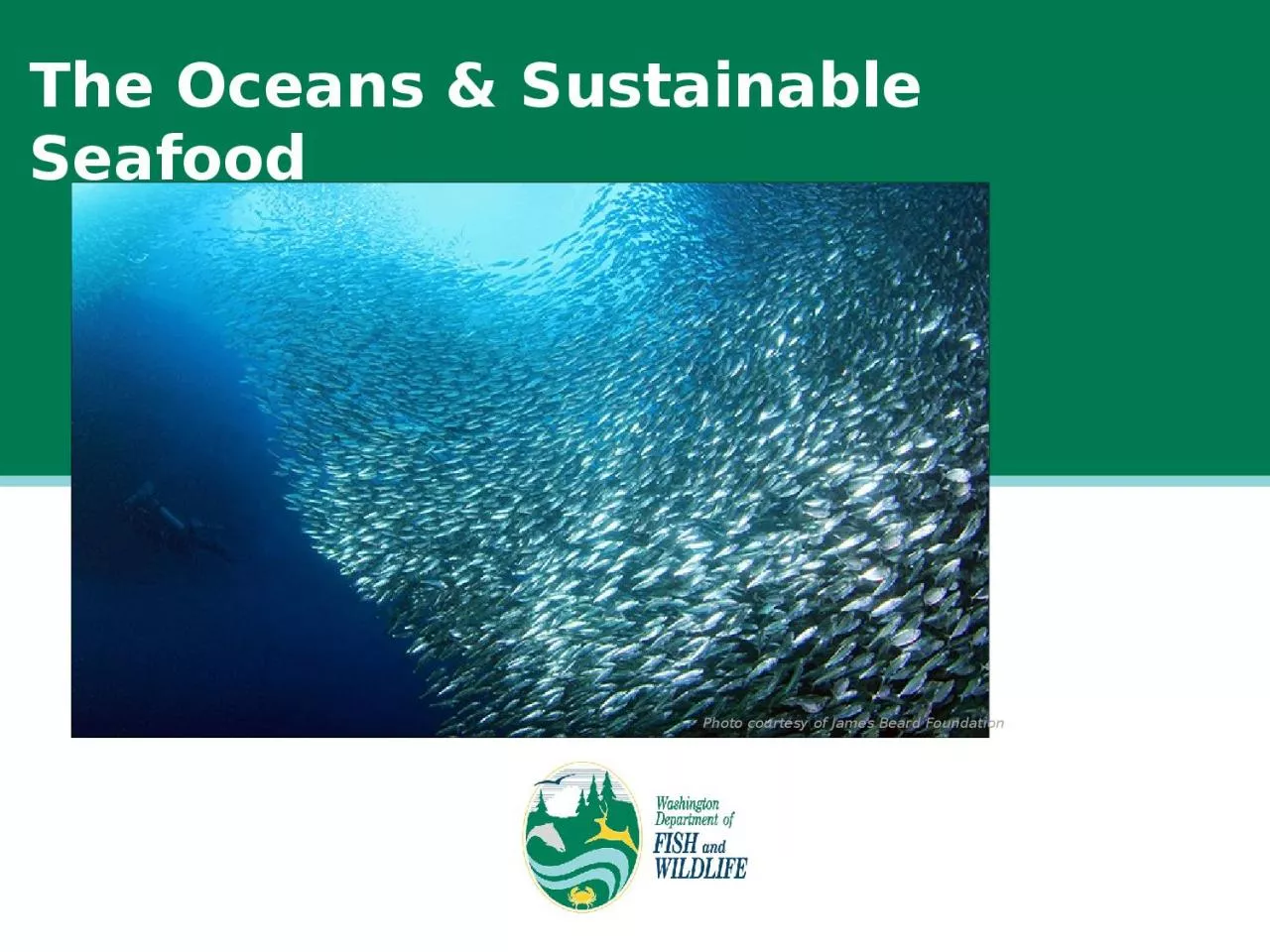

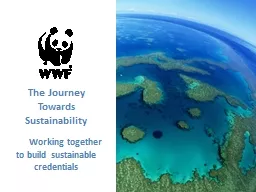
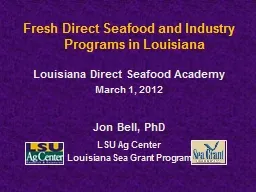
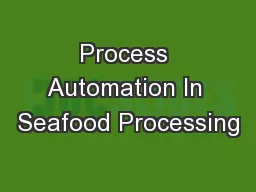

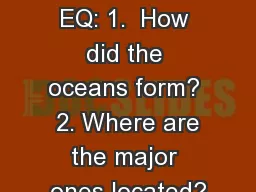
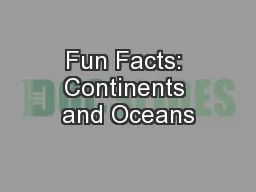
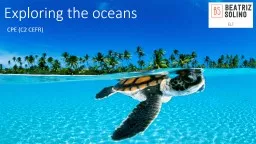
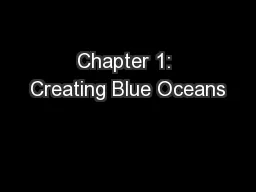
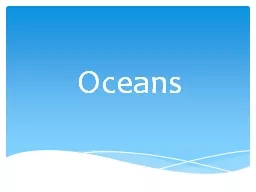
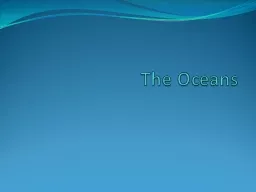
![Read ebook [PDF] Governing Sustainable Seafood (Earthscan Food and Agriculture)](https://thumbs.docslides.com/1017598/read-ebook-pdf-governing-sustainable-seafood-earthscan-food-and-agriculture.jpg)
